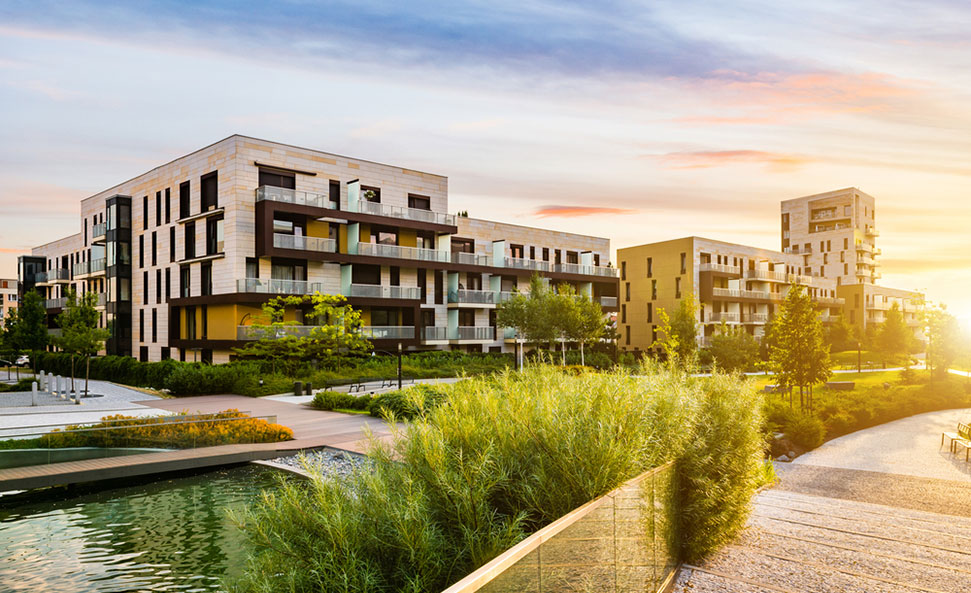The Smart City at the service of residents
In the age of big data, the city collects a large mass of information that it can then make available to its users in order to make their lives easier. The Smart City is then able to offer innovative services that make it possible to communicate information, to manage the resources necessary for the territory while meeting the expectations of the inhabitants.

Mobility in the city, as well as the tourism sector, directly benefit In Helsinki, tourists can use connected terminals containing precise information about their stay, both to optimize their trips and to organize their visits In Barcelona, the city takes into account the issue of disability: traffic lights have connected sensors that emit a sound signal for visually impaired people so that they can cross the streets in complete safety And in Montreal, the city is committed to involving residents in urban governance. Electronic suggestion boxes are set up to encourage users to give their opinion and thus make them participate in the life of the city.
Environmental innovation and Smart City
cities have innovation as their watchword. How, thanks to new technologies, do cities put in place solutions to meet environmental challenges In Santander, the city addresses the issue of waste management by creating “smart collection”: connected bins make it possible to optimize the movements of waste collection trucks.
In Malaga, the city was inspired by the movements of ants and birds to offer solutions to improve traffic flow The management of water and energy networks is also being renewed thanks to the services of the Smart City. In Montpellier, “smart” management of the water distribution network makes it possible to optimize consumption and generate savings In Australia, the focus is on renewable energies. In Adelaide, the city has created a completely free network of solar-powered school buses.
Smart city, sustainable city
So, who says smart city says sustainable city?
In reality, a smart city wants to be “sustainable” by virtue of its primary objective: the quality of life for all in urban areas. But above all, the sustainable city of tomorrow will have to be smart if it wants to have the means to solve growing social and environmental issues The Smart City allows more accessible transport, more communications between the different urban players. And the inhabitants are at the heart of the system: better and better informed, thanks to applications via their smartphones. More and more, the inhabitants are called upon to get involved in the life of their city and to adapt their way of life according to the imperatives of living together reconciled with the scarcity of resources.


